The Yellow House by Patricia Falvey, which is her first novel, is an incredible, sweeping novel set in Ireland during the beginning of the nation’s struggle for freedom from Britain, the rise of the IRA, and WWI. Eileen O’Neill, our heroine, comes from a long line of warriors or so her Da tells her, and she revels in his folklore and his stories about how the O’Neills stole back the yellow house from the Sheridans who had once stole it from them. The dynamics of the family often mirror the political situation in Ireland as her father is struck down and her mother looses her moorings and drifts. Eileen’s brother Frank becomes even more angry and distant, mirroring the heightened angst over Ireland’s freedom and the dedication of its people to the Cause.
“Secrets are the cancer of families. Like tumors, they grow ever larger, and if they are not removed, they suffocate the mind and spirit and spawn madness. As long as they remain, they cast a shadow on every truth that is uttered, clouding it, constricting it, distorting it. Secrets hurt the secret keeper as much as the poor souls from whom the secret is kept. And even once the secret is out, its shadow echoes into the future, the remnants of its memory leaving us vigilant and fearful.” (Page 241)
A young woman with a dreamer for a father and a mother keeping secrets is bound to get into trouble, and Eileen is no different, especially since she’s such a headstrong and stubborn girl to begin with. Her family falls apart when times get financially troubling for them and their father, who is a poor farmer, is forced to mortgage their home. Their mother sets about turning things back and begging for her own family’s forgiveness and pity to save her own family. As the dominoes begin to fall heavily and quickly around the O’Neill family, some members fall apart, some rise up and hold onto their anger and resentments, and others hold onto their dreams.
“As we strolled along the promenade, I looked down at the gold wedding band on my left hand. It felt heavy and strange, as if this new identity were crushing me. I tried to smile.” (Page 138)
Eileen meets James and is swept away by his passion for a free Ireland and a comeuppance for the Protestants who continue to save all of the jobs for their own kind. Readers will be swept away by Eileen’s passion and dreams as she struggles against forces beyond her control and even against her husband, whose dreams are no longer her own. WWI intervenes in the struggle for independence and forces many of the characters to reassess their priorities, including Eileen’s friend, Owen Sheridan, and even Eileen herself as she begins working with the injured soldiers at the hospital.
Reuniting the O’Neill family becomes a driving force in the novel, and Falvey’s prose is at once haunting and steeped in its own lore. Her characters are flawed, frustrating, and forgivable, but the gem here is the symbolism and the history she weaves into Eileen’s story from the yellow house and the mountain Slieve Mullion to Ireland’s historic struggle for independence. The Yellow House by Patricia Falvey is excellent. It will sweep readers off their feet, whisking them off to the Irish countryside, into the workhouse slums, and back again. Fast-paced, deep, heartbreaking, and romantic — Falvey is a writer to watch light up the shelves with her prose.
Another winner for 2012.
***Here are the final week’s Ireland Reading Challenge read-a-long questions and answers. These may contain spoilers, so if you don’t want to read them, skip to the giveaway!***
Check out part one, two, and three of the discussions.
Were you as angry as I was when Eileen slept with James while pregnant with Owen’s baby, in order to pass the baby off as his?
I expected it as a “good” Catholic girl in a bind and already plagued by talk of the affair at the mill, etc. Plus, she’s impetuous and does things without thinking about the consequences until later.
Was Owen’s reaction to that justified, in your opinion?
Yes.
Did you understand why Eileen was so torn about reporting what she knew about James’ plans for the mill?
Yes, but I’m glad she did. James is her husband, though that matters little, but it does matter that he’s the father of her daughter and no mother wants to have to explain to their child why their da is in jail or dead.
What about her hesitancy to marry Owen?
I agree that she should wait and take some time to sort through those events that hit her boom, boom, boom…from the injury of her brother, seeing Billy killed, and finally reuniting with her sister, plus informing on her husband and nearly shooting James, that’s a lot for a person to process. I think it showed maturity that she knew she needed more time to think about things and sort it all out, rather than her usual rash decisions that ruled her life.
What did you think of how things ended for the following characters: Frankie, Lizzie, Terrence, Fergus, and, of course, James?
I’m glad that Lizzie and Eileen were reunited and that her return even seemed to perk up their mother. Terrence must still be living with a lot of guilt, and while I don’t like that Frankie was injured so badly, I think returning him to a happy child is a good ending for him. He was far to angry, and its tough to come back from that even if you have an epiphany. Fergus….ah, Fergus…not sure what to say about him. I like that he was taking matters into his own hands, but I don’t like that he put Eileen in the position she was in. James got his just desserts.
Were you satisfied with the way things ended for Eileen’s mom?
Yes and no. Maybe there is hope for her yet.
And, lastly, were you happy with how things ended for Eileen?
Eileen needs to now learn how to be happy and not wallow in self-pity and all of that. She deserved her happy ending.
About the Author:
Patricia Falvey was born in Newry, County Down, Northern Ireland. She was raised in Northern Ireland and England before immigrating to the U.S. at the age of twenty. She currently divides her time between Dallas, Texas and Northern Ireland.
This is my 2nd book for the 2012 Ireland Reading Challenge.


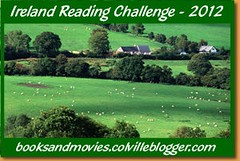
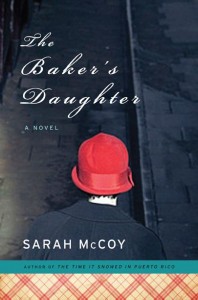
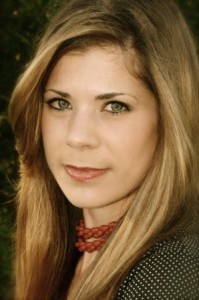
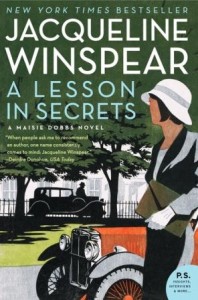

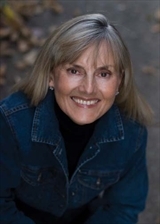 About the Author:
About the Author:



 About the Author:
About the Author: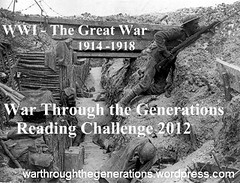 This is my 6th book for the WWI Reading Challenge.
This is my 6th book for the WWI Reading Challenge.


